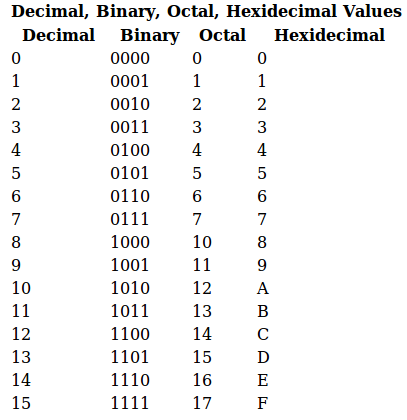HTML tables are designed to hold tabular data, like this:
| Web Growth Summary (*) |
| Month |
Number of Web Sites |
| 6/93 |
130 |
| 12/93 |
623 |
| 6/94 |
2,738 |
| 12/94 |
10,022 |
| 6/95 |
23,500 |
| 1/96 |
100,000 |
| 6/96 |
230,000 (est) |
| 1/97 |
650,000 (est) |
|
The source code for this table looks like this:
<table>
<tr><th colspan="2">Web Growth Summary (*)</th></tr>
<tr><th>Month</th><th>Number of Web Sites</th></tr>
<tr><td>6/93</td><td>130</td></tr>
<tr><td>12/93</td><td>623</td></tr>
<tr><td>6/94</td><td>2,738</td></tr>
<tr><td>12/94</td><td>10,022</td></tr>
<tr><td>6/95</td><td>23,500</td></tr>
<tr><td>1/96</td><td>100,000</td></tr>
<tr><td>6/96</td><td>230,000 (est)</td></tr>
<tr><td>1/97</td><td>650,000 (est)</td></tr>
</table>
|
Here are the elements used with tables:
<table></table>- This element encloses the entire table. Put
<table> at the start of the table and
</table> at the end of it.
<tr></tr>- Table row - one row of the table.
<th></th>- Table heading - default attributes of this element are usually bold
and centered. Use it to put headings on your table.
<td></td>- Table data - this specifies one cell of the table (as does
th). Each table row should have the same number of these,
unless the colspan="x" attribute inside the
openning tag to indicate that it spans more than one column.
Tables must have the same number of columns in each row. Columns are
implicitely determined by the number of table data cells (or table data
headings) that occur in each row. This means that you need to make sure
each row in your table has the same number of td or
th elements.
Using the colspan="x" attribute (where x is the
number of columns spanned) inside a td or th
makes it take up the space of x columns in the table. In the
Web Growth Summary example above, the first row had a single table heading
element that spanned both columns of the table.
